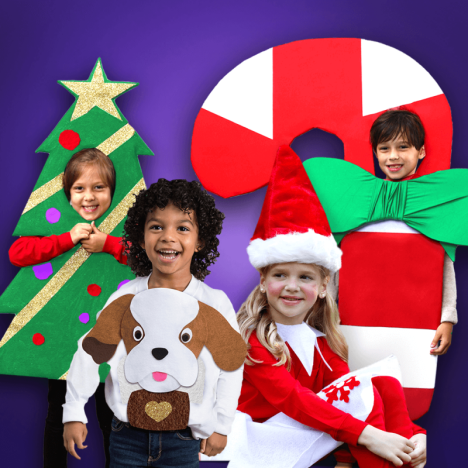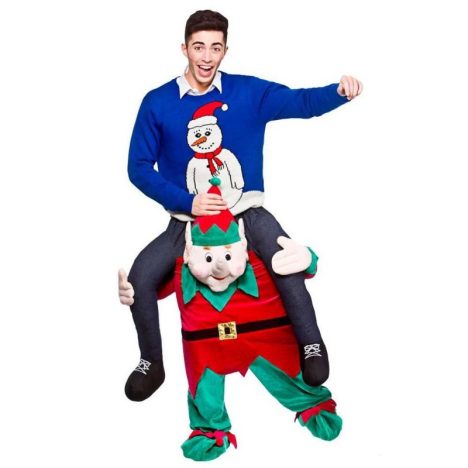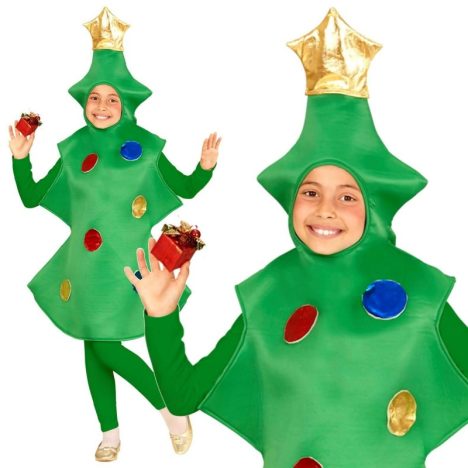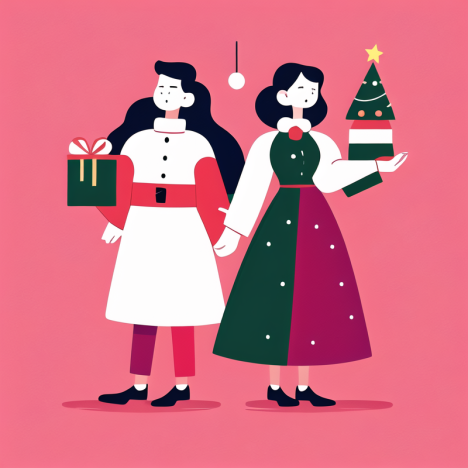The holiday season brings forth a deep sense of tradition, celebration, and, for many, the enjoyment of unique cultural expressions. Among these expressions is the rich tapestry of Celtic Christmas costumes that embody a fascinating blend of ancient heritage, festive spirit, and artistic expression. The Celtic cultures, coming from Ireland, Scotland, Wales, and Cornwall, have a vibrant and extensive history that weaves together folklore, music, and art.
Dressing in Celtic costumes for Christmas serves as a perfect way to honor these traditions, offering a delightful opportunity to celebrate the holidays with authenticity and flair. Whether it’s for a seasonal gathering, a themed party, a reenactment event, or an annual celebration of culture, Celtic Christmas costumes allow individuals to engage with their heritage and bring the spirit of the season to life. In this comprehensive guide, we will delve into the significance of Celtic costumes during the Christmas season, explore various styles and fabrics, provide tips for choosing or creating your own outfits, and share ideas for incorporating Celtic themes into your holiday celebrations. By the end of this article, you will have a firm understanding of how to embrace the Celtic Christmas spirit through costumes that herald tradition and community.
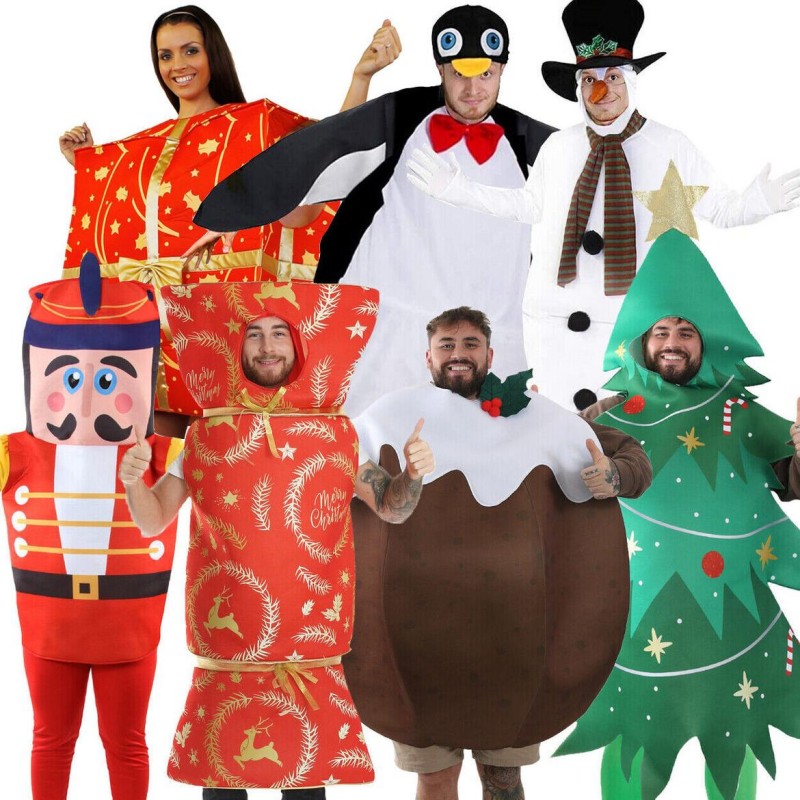
Contents
- 1 The Importance of Celtic Heritage in Christmas Celebrations
- 2 Traditional Elements of Celtic Christmas Costumes
- 3 Popular Styles of Celtic Christmas Costumes
- 4 Tips for Choosing the Right Celtic Christmas Costume
- 5 DIY Celtic Christmas Costumes
- 6 Celebrating the Season: Incorporating Celtic Traditions into Christmas
- 7 Conclusion
The Importance of Celtic Heritage in Christmas Celebrations
Before diving into the specifics of Celtic Christmas costumes, it is important to understand the significance of Celtic heritage in holiday celebrations. Celtic culture is rich with history and mythology that has been passed down through generations, shaping not only regional identities but also holiday observances.
Historical Context
The roots of Celtic culture trace back thousands of years and have been profoundly influenced by various waves of migration and settlements. Traditional costumes were worn for various occasions, each not only representing the wearer’s identity but also serving practical purposes in everyday life. With the spread of Christianity in Celtic regions, many pagan customs intermingled with new religious traditions, creating vibrant celebrations that still exist today.
Christmas Traditions
While Christmas is celebrated universally, the way it is observed can vary significantly from culture to culture. In Celtic nations, the festive season is often associated with enduring traditions dating back to ancient solstice celebrations. Celtic Christmas festivities are rich with special symbols, songs, and practices that bring communities together to share in the spirit of joy and gratitude.
Celebrating with Costumes
Costumes play an important role in cultural celebrations, allowing individuals to express their identity and foster a sense of belonging within their communities. By incorporating Celtic elements into Christmas costumes, individuals honor their lineage and contribute to the preservation of their cultural heritage. Costumes can tell stories, revive ancient traditions, and promote cultural continuity from one generation to another.
Traditional Elements of Celtic Christmas Costumes
Celtic Christmas costumes are characterized by specific features that reflect the artistry, symbolism, and materials of Celtic heritage. Here are the traditional elements that stand out in these costumes:
Fabrics and Textiles
Celtic costumes typically use natural fibers, which were traditional before industrialization transformed clothing production. Common materials include:
- Wool: Known for its warmth and durability, wool is a quintessential fabric often used in making cloaks, capes, and tunics.
- Linen: This lightweight fabric is often used under heavier garments, making it suitable for layering during festive occasions.
- Brocade and Velvet: For special occasions, including Christmas, decorative fabrics such as brocade and velvet add elegance and a sense of luxury to traditional outfits.
Patterns and Designs
Celtic designs are notable for their intricate patterns, often inspired by nature and mythology. Common motifs include:
- Knotwork: Interwoven patterns that symbolize the interconnectedness of life and the passage of time.
- Animal Figures: Representations of creatures significant in Celtic mythology, such as deer, wolves, and birds, which often symbolize various traits and attributes.
- Floral and Leaf Patterns: Nature-themed designs that pay homage to the beauty of the Celtic landscape.
Authentic Accessories
Accessories complete the look of Celtic Christmas costumes and add depth to the storytelling aspect. Popular accessories include:
- Cloaks: Often made from wool, cloaks not only provide warmth but also enhance the overall heroic aesthetic of the outfit.
- Belted Sashes: Decorative sashes or belts can add a pop of color while providing functional wearability.
- Brooches and Pins: Celtic brooches often feature intricate designs and can hold cloaks or capes in place.
- Footwear: Traditional footwear such as leather boots or shoes made of natural materials add authenticity to the ensemble.
Popular Styles of Celtic Christmas Costumes
When celebrating the Christmas season, individuals can choose from various styles of Celtic costumes that reflect their preferences and cultural roots. Here are some popular choices:
Scottish Kilts
The kilt is perhaps one of the most recognizable symbols of Scottish heritage. Traditionally, kilts are made of wool and feature distinctive tartan patterns. For Christmas celebrations, kilts can be paired with festive accessories such as a matching sporran and a warm jacket to create a festive appearance.
Irish Cloaks
Cloaks have long been associated with Celtic fashion. An Irish cloak, often made of wool or heavy fabric, serves practical purposes as well as stylistic ones. During the Christmas season, a decorated cloak can make a striking addition to any outfit, particularly when paired with a festive dress or tunic.
Medieval-Inspired Outfits
With a nod to history, medieval-inspired outfits can bring a historical element to Christmas festivities. Elements of this style can include fitted bodices, flowing skirts, and extravagant sleeves, often rich in color and adorned with embroidery.
Celtic Mythological Characters
For those who want to embrace the magic of Celtic mythology, costumes inspired by mythical figures such as faeries, druids, or ancient kings and queens can make a memorable impression. These outfits can range from whimsical to regal, incorporating elements of fantasy and tradition.
Family-Themed Costumes
For families celebrating the season together, coordinating family-themed costumes can be a delightful tradition. Adorned in Celtic patterns and styles, parents and kids can wear matching outfits that highlight the festive spirit while encouraging family bonding.
Tips for Choosing the Right Celtic Christmas Costume
Selecting the perfect Celtic Christmas costume can be a rewarding experience. Here are some tips to help you decide on the right look for this festive season:
![]()
Research and Explore
Familiarize yourself with the various styles and options available in Celtic costumes. Research traditional attire specific to the region that resonates with you, whether it’s Scottish, Irish, Welsh, or Cornish style.
Know Your Size
Sizing can vary significantly between costume providers, so measure yourself before buying or renting a costume. Being aware of your body’s measurements can help ensure a comfortable and flattering fit.
Evaluate Material Choices
Choose fabrics that suit the season and your comfort preferences. For colder months, opt for heavier fabrics like wool or blended textiles that provide warmth while still being breathable.
Consider Comfort and Mobility
While costumes are often beautiful and elaborate, ensure that you can move comfortably in your selected outfit. Test outfits for flexibility and ease of movement, especially if you plan to wear them for extended periods.
Accessorize Thoughtfully
Accessories enhance a costume but should also be practical for the wearer. Choose items that complement your outfit and add character without leading to discomfort or inconvenience.
DIY Celtic Christmas Costumes
For the crafty individual, creating a DIY Celtic Christmas costume can be an invigorating and satisfying project. Not only does it allow for creativity and personalization, but making your own costume can save money. Here are a few ideas to inspire your DIY efforts:
Simple Kilt Costume
To create a simple kilt costume, follow these steps:
- Materials Needed: A plaid fabric, sewing thread, fabric scissors, and a safety pin.
- Instructions: Measure the length you want for the kilt and cut the fabric accordingly. Fold the fabric and sew a simple waistband or use a safety pin for easy closure.
Traditional Irish Cloak
A traditional Irish cloak can be made with minimal sewing skills:
- Materials Needed: Heavy fabric (such as wool or fleece), a needle and thread, or fabric glue.
- Instructions: Cut the fabric into a large rectangle that reaches the desired length. Create a simple neck hole by cutting a small slice in the center. You can hem the edges for neatness or leave them raw for a rustic look.
Mythical Faerie Outfit
Create a charming faerie outfit with these simple steps:
- Materials Needed: Tulle or lightweight fabric for the dress, colorful ribbons, and floral embellishments.
- Instructions: Use ribbons to create a halter-style dress by tying them around your shoulders and securing the tulle into layers. Decorate with flowers and attach wings made from wire and fabric for extra whimsy.
Celebrating the Season: Incorporating Celtic Traditions into Christmas
In addition to wearing Celtic Christmas costumes, there are various ways to incorporate Celtic traditions into holiday celebrations. Here are some ideas to add depth to your festive gatherings:
Traditional Music
Incorporating Celtic music into your celebrations can significantly enhance the atmosphere. Consider playing traditional instruments such as the fiddle, harp, or tin whistle to create a lively environment filled with joy and heritage.
Festive Food
Explore traditional Celtic recipes to serve guests during holiday gatherings. Seek out dishes such as Irish stew, roast meats, and decadent desserts, providing your loved ones with a taste of Celtic culture.
Family Storytelling
Sharing Celtic myths and folklore can strengthen connections between family and friends. Storytelling sessions can become a cherished tradition that allows participants to pass on legends, ensuring the continuation of cultural heritage.
Decorations and Symbols
Adorn your home with decorations that reflect Celtic symbols, such as knots and spirals, which represent life and eternity. Consider using plaid patterns and colors representative of Celtic heritage in your decorations to create an immersive experience.
Community Involvement
Engage with local Celtic organizations or participate in community events celebrating rich senses of heritage during the Christmas season. Through community gatherings, you can share traditions, learn from others, and display your beautiful costumes together.
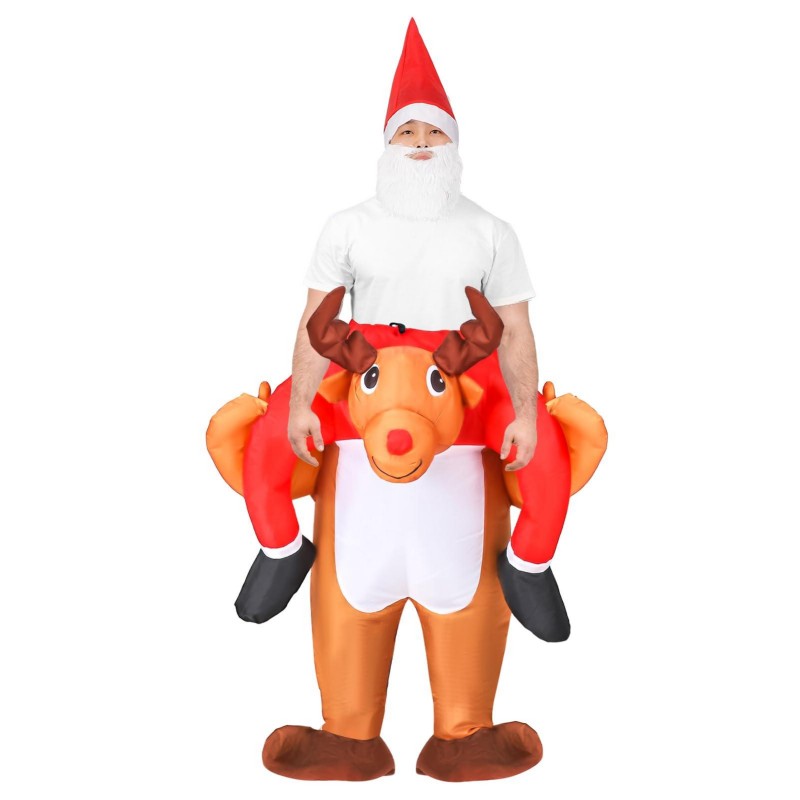
Conclusion
Celtic Christmas costumes offer an enchanting way to celebrate the holiday season while honoring cultural heritage. The variety of styles—from traditional clothing like kilts and cloaks to whimsical mythical outfits—ensures there is something for everyone. By understanding the rich history and tradition associated with Celtic attire, you can make informed choices that reflect your identity while spreading festive cheer.
Incorporating DIY options or choosing the right store-bought costume can allow you to embrace your creativity while celebrating your lineage. Remember to consider comfort, material, and designs that resonate with your personality. Furthermore, integrating Celtic traditions into your Christmas festivities, such as music, food, and storytelling, can strengthen connections with family and friends while creating lasting memories.
As you prepare for this holiday season, don’t forget to let your pets join in the fun with their own festive costumes! Celtic Christmas costumes can be a delightful way to celebrate not only the customs associated with the holiday but also the warmth of family and community as we gather to share in the spirit of joy and love.
